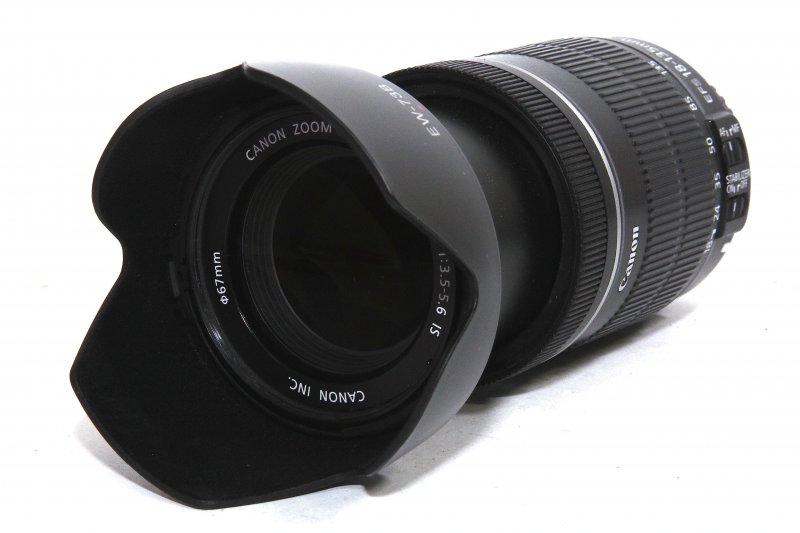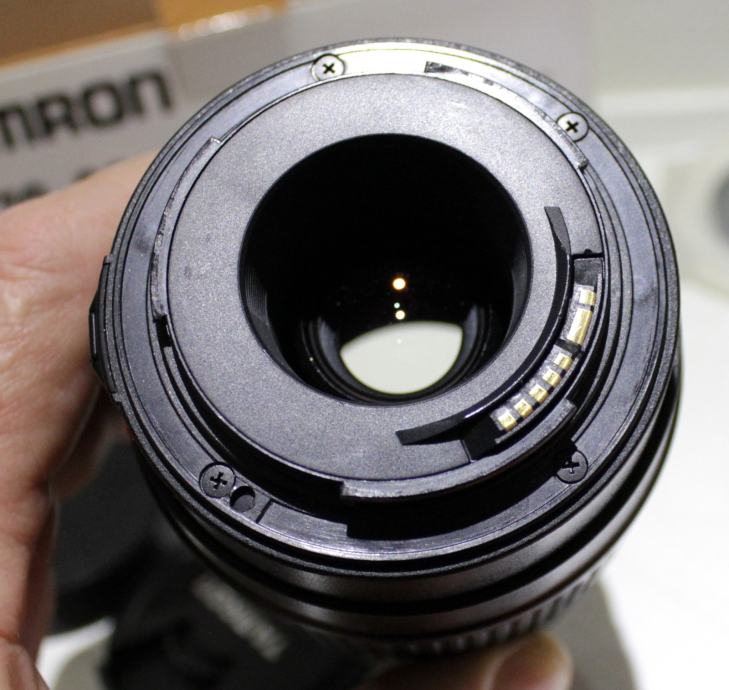
-1080x1080.jpg)

The end result is an introductory interchangeable lens that is perfect for a vast range of photographic scenes.įeaturing a minimum focusing distance of 39cm and a maximum magnification ratio of 1:3, this lens offers true macro capability for close-up shots. In further updating the lens for our new product lines, our goal was to create a compact and lightweight standard zoom lens for everyday use that also offered superzoom and macro capability. In 2007, we added OS (Optical Stabilizer) functionality, and in 2011, we made the lens body even more compact. The original version offered wide-angle and telephoto capability in a single unit while being the most compact and lightweight lens in its class. Since then, we have continuously updated this lens with our latest technologies. You also need to be willing to pay a lot more for them.In 2005, we launched the 18-200mm F3.5-6.3 DC, a high-performance standard zoom lens exclusively for digital cameras. If you want near-prime optical quality in a zoom lens you need to look at zoom lenses that only have about a 3:1 ratio between the longest and widest focal lengths (e.g. It basically comes down to the flexibility and convenience of an all-in-one zoom lens versus the better image quality that can be had fairly affordably with a prime lens or limited ratio zoom lens. You have to weigh all of these factors and decide which is more important to you.
Canon zoom objektiv 18 200 registration#
Although the sensor diagonal of Canon EOS APS-C cameras is only about 27mm, the registration distance is still 44mm and many of the lower priced lenses designed for FF cameras are also very good on the APS-C cameras. Below that is considered wide-angle while past that is considered telephoto territory. In the EOS system anything from about 24-28mm up to about 65-70mm is considered normal. The registration distance (the distance from the image plane to the lens flange) of the Canon EOS system is 44mm. The diagonal of a 36x24mm film frame or sensor is roughly 43mm.
Canon zoom objektiv 18 200 full#
For the 35mm sized full frame cameras this is around 45mm. In general, lenses within the normal focal length range are the most affordable while also having the potential to produce very good image quality. The EF 85mm f/1.8 is indeed a very good lens for its price as well, but you do need room to use it properly. The EF 50mm f/1.8 STM is also a significant improvement over the EF 50mm f/1.8 II and shouldn't be overlooked. So are prime lenses such as the Nikon 35mm f/1.8G AF-S DX (if you're a Nikon shooter), the Canon EF 40mm f/2.8 STM. Lenses for APS-C only cameras such as the Canon EF 17-55mm f/2.8 IS or The Tamron SP 17-50mm f/2.8 XR Di II are very affordable for the image quality they give. Even a set of 18-55mm and 55-200mm or 55-250mm kit lenses will give better quality at most focal lengths than an 18-200mm or 18-300mm all-in-one. There are affordable prime lenses or zoom lenses with a much smaller ratio between the widest and longest focal lengths that will give much better optical image quality than an "all-in-one" zoom lens.


This is especially impactful when such correction is applied to an image taken with a lens that has less than stellar overall sharpness to begin with and fairly narrow maximum apertures. While it is true that many of these can be "corrected" in post, doing so comes at a price. These include overall sharpness, geometric distortion, vignetting, sharpness at certain focal lengths, narrower maximum apertures, etc. Any zoom lens with a 7.5X or 10X or greater ratio between the minimum and maximum focal length is going to compromise optical quality in several areas to get to that focal length flexibility.


 0 kommentar(er)
0 kommentar(er)
